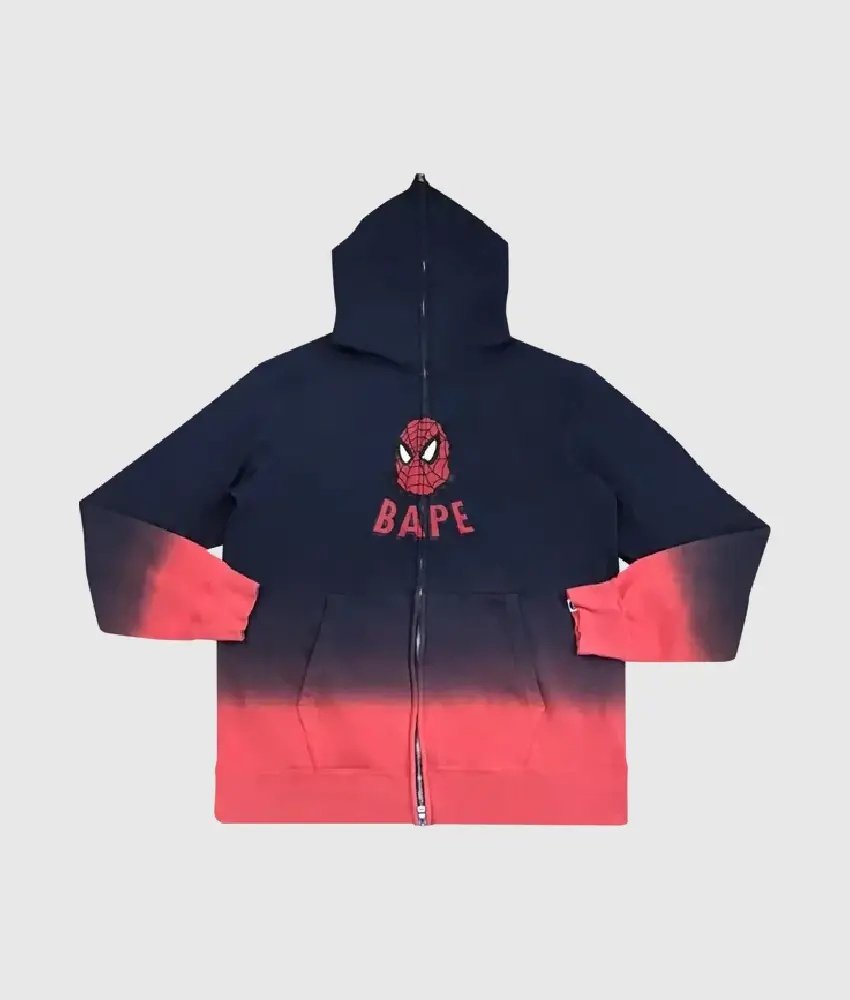From Surf to Street: How Stussy Redefined Casual Fashion for Generations
In the world of fashion, few brands have managed to weave themselves so seamlessly into the fabric of culture as Stussy. What began as a modest surfboard label in the early 1980s has evolved into a powerhouse of streetwear, influencing generations and redefining casual fashion. The journey of Stussy is a testament to the brand’s ability to adapt and innovate while staying true to its roots.
The Humble Beginnings
Founded by Shawn Stussy in 1980, the brand’s origins are deeply rooted in surf culture. Stussy was not just selling surfboards; he was shaping a lifestyle. His passion for surfing and design came together to create a line of custom boards adorned with his distinctive logo, which quickly garnered attention among local surfers. Stussy’s early foray into fashion involved simple yet striking t-shirts, making waves in beach towns and beyond.
The aesthetics of these early designs encapsulated the relaxed, carefree spirit of surfing. Bright colors, bold graphics, and a laid-back vibe resonated with a youthful audience. As the 1980s progressed, the brand began to expand its offerings, capturing the essence of surf culture while appealing to a wider demographic.
Bridging Cultures
As Stussy gained traction in the surf community, it began to intersect with emerging urban cultures, particularly hip-hop and skateboarding. The 1990s marked a significant turning point for the brand, as it embraced the vibrant street culture that was developing in cities across America. Stussy’s designs began to reflect the energy of the streets, featuring graffiti-inspired graphics and a more urban aesthetic.
This blending of surf and street culture was revolutionary. Stussy recognized that the youth of the time were influenced by multiple subcultures, and it catered to that by creating clothing that was versatile and expressive. The brand’s ability to connect with diverse audiences helped establish it as a leader in the streetwear movement.
Collaborations and Global Expansion
In the mid-90s, Stussy’s influence reached international heights. The brand opened stores in key global markets, including Japan, where it found a particularly enthusiastic following. Collaborations with local artists and designers further solidified Stussy’s status as a cultural icon. These partnerships produced unique, limited-edition pieces that became highly coveted within the fashion community.
Stussy’s collaborations with other brands, including Nike and Converse, highlighted its adaptability and innovative spirit. These partnerships not only expanded the brand’s reach but also showcased its commitment to quality and creativity. Stussy became synonymous with high-quality streetwear, and its products were embraced by fashion enthusiasts and casual wearers alike.
The Impact of Digital Culture
As the internet began to transform the fashion landscape in the 2000s, Stussy adeptly leveraged digital platforms to engage with its audience. Social media became a powerful tool for the brand, allowing it to connect directly with fans and showcase new collections. Stussy’s online presence helped it maintain relevance in a rapidly changing industry, appealing to younger consumers who were increasingly influenced by digital culture.
The brand also embraced the resurgence of nostalgia, reintroducing classic designs that resonated with both longtime fans and new customers. This blend of vintage aesthetics and modern sensibilities allowed Stussy to stay relevant while honoring its rich history.
A Modern Legacy
Today, Stussy stands as a symbol of casual fashion that transcends generations. Its ability to merge different cultural influences has resulted in a style that is both timeless and contemporary. The brand continues to push boundaries, experimenting with new materials and designs while remaining rooted in its core principles of self-expression and creativity.
Moreover, Stussy has embraced sustainability, recognizing the need for responsible practices in the fashion industry. By focusing on eco-friendly materials and ethical production methods, the brand is paving the way for a more sustainable future in streetwear.
Conclusion
From its humble beginnings as a surfboard label to its status as a global streetwear icon, Stussy has redefined casual fashion for generations. Its innovative spirit, cultural adaptability, and commitment to quality have made it a beloved brand across diverse demographics. As Stussy continues to evolve, it remains a testament to the power of creativity and the enduring impact of culture on fashion. The journey of Stussy is far from over; it is a story of transformation, inspiration, and the enduring allure of street style.














